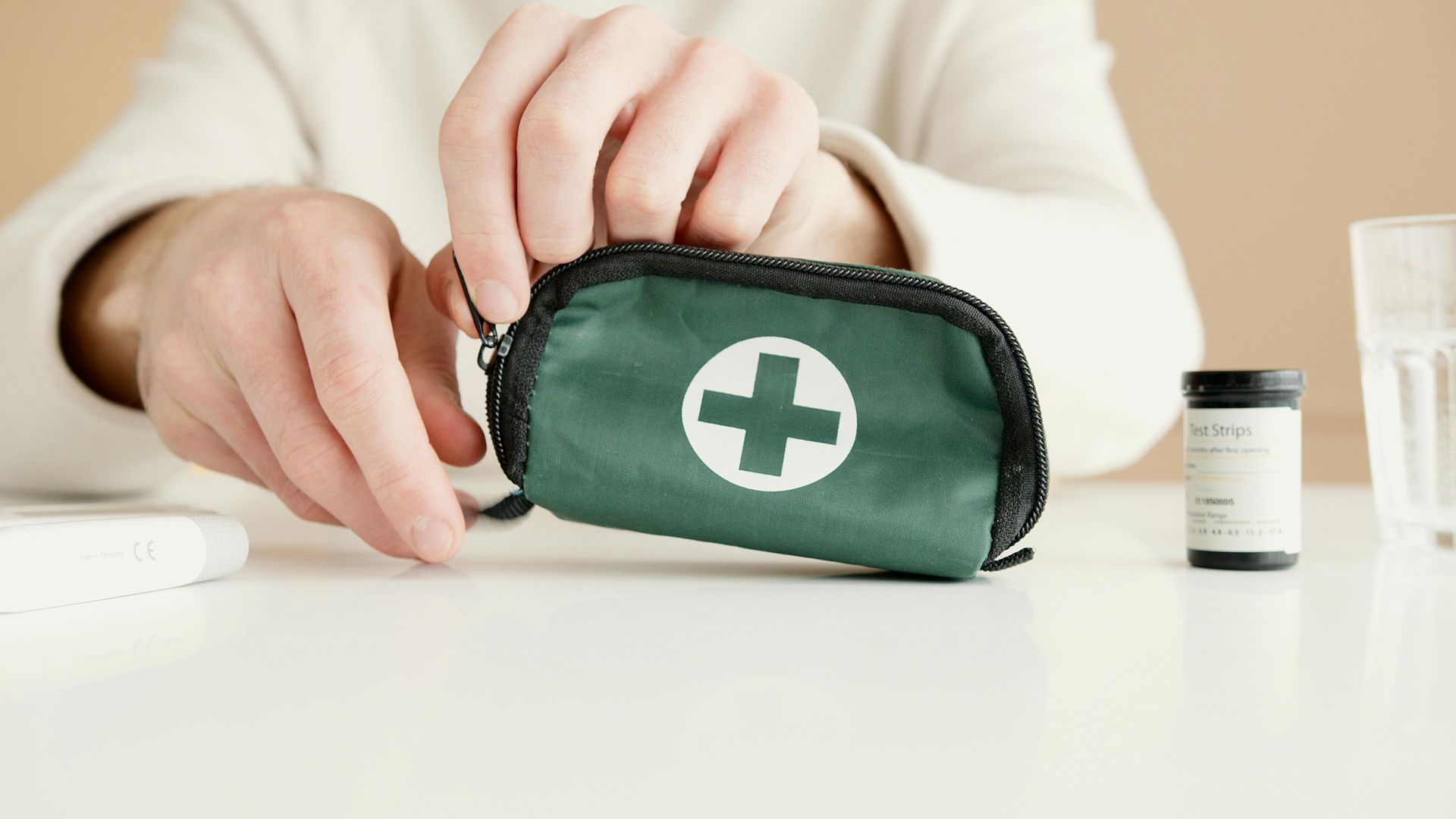Why You Shouldn't Ignore Pee Leaks: Urinary Incontinence in Women Demands Urgent Care
Urinary incontinence is common, disruptive, and far from inevitable. Early care changes everything—here’s why you need to act now and which real-world solutions work.
Introduction: More Than an "Annoyance"
One in three women will experience urinary incontinence—a loss of bladder control resulting in leaks, urgency, or frequent bathroom trips—at some point in their life. For too many, embarrassment and stigma turn what could be a minor issue into one with major daily consequences. Many convince themselves it’s “just a normal part of aging” or “something to laugh off with friends.”
The truth is, incontinence is common but never normal. Untreated, it can erode physical health, confidence, and quality of life—sometimes with serious consequences. Thankfully, 2025 brings more awareness, treatments, and hope than ever: what matters is knowing why you need to solve it—and how to take the first step.
The Real Risks of Ignoring Urinary Incontinence
Physical Health Impacts
- Skin problems and infections: Constant moisture leads to irritation, rashes, and even skin breakdown (“incontinence dermatitis”). Women with leaks are also at higher risk for urinary tract infections.
- Falls and fractures: Nighttime rushing to the bathroom dramatically raises the risk of slipping and falling, especially critical for postmenopausal women with fragile bones.
- Sleep disruption: Waking frequently to urinate (nocturia) erodes energy, mood, and immune health.
Mental Health and Social Risks
- Isolation and withdrawal: Fear of leaks or odor may cause women to avoid social events, exercise, or travel, leading to loneliness and missing out on life.
- Anxiety and depression: Chronic embarrassment is linked to higher rates of anxiety and depressive symptoms.
Progression and Complications
- What starts as rare “dribbles” can escalate into total loss of control, making treatment more difficult.
- Untreated incontinence can eventually limit independence, especially in older age.
Bottom line: Every year you wait, symptoms can worsen and options may become more limited. Early action is both preventative and empowering.
Root Causes: Why Women Are Prone
Pelvic Floor Weakness After Childbirth
Pregnancy and vaginal births stretch, weaken, and sometimes injure the muscles and nerves that control the bladder. Even decades later, these changes can lead to stress incontinence—leaking when laughing, coughing, or exercising.
Menopause and Hormonal Shifts
As estrogen and progesterone levels decrease, the tissues of the lower urinary tract thin and lose flexibility, the pelvic floor weakens, and overactive bladder or urge incontinence often emerge or worsen.
Female Anatomy & Lifestyle Factors
- Women naturally have a shorter urethra than men, so even minor muscle or tissue changes can cause control problems.
- Chronic constipation, obesity, smoking, diabetes, and heavy lifting all add extra strain to the pelvic floor or bladder.
No one cause explains every case, and some women develop leaks without classic risk factors—so it’s vital to assess the full picture with a compassionate specialist.
Why Early Diagnosis and Treatment Matter
- Simple fixes work best early: First-line strategies such as pelvic floor physical therapy, Kegel exercises, bladder training, and lifestyle tweaks are most effective before severe weakness or habit changes set in.
- Prevent symptom progression: Timely intervention can halt or even reverse worsening incontinence before it affects independence or daily functioning.
- Restore confidence and routine: Addressing incontinence doesn’t just stop leaks—it lets women reclaim travel, exercise, intimacy, and self-esteem.
What If You Wait?
Ignoring leaks can allow pelvic muscles to weaken further, lead to bladder overactivity, or push women toward surgical interventions as conservative options become less effective. Early diagnosis is always better—for your health and your sense of control.
Modern, Effective Solutions
Pelvic Floor Therapy & Biofeedback
Specialized physical therapists can teach exercises that target the specific muscles needed to control leaks. In 2025, biofeedback and digital coaching platforms make it easier to learn and strengthen these muscles at home or in the clinic.
Bladder Training & Lifestyle Adjustments
- Timed urination (bladder training) helps gradually reset the urge to go.
- Simple adjustments—reducing caffeine, staying hydrated, losing weight, treating constipation—can each reduce pressure on the bladder.
Devices and Medical Interventions
- Pessary or tampon-like devices: These are worn internally to support pelvic organs and can prevent stress leaks during activities.
- Medications: Newer options stabilize overactive bladder (OAB) symptoms and can be tailored to your patterns.
- Topical estrogen: Low-dose vaginal creams can restore tissue strength and moisture in menopausal women.
- Botox injections: For certain cases, especially urge incontinence or OAB unresponsive to pills.
- Minimally invasive surgery: Sling procedures or bladder lifts are available when conservative treatments fail—outpatient options have improved outcomes and shorter recovery times in recent years.
The best approach is personalized, often starting with the least invasive and progressing only as needed. The right specialist will help you find your best-fit solution.
Call to Action: Take the First Step
You don’t have to live with leaks. If you’ve noticed symptoms—whether mild or severe—now is the best time to:
- Track your symptoms: Keep a bladder diary for a few weeks to identify triggers and frequency.
- Try self-care strategies: Begin Kegels, adjust caffeine/alcohol, and manage constipation or coughing.
- Seek expertise: Book an appointment with a urologist, urogynecologist, or pelvic floor therapist who specializes in women’s bladder health.
- Join a support group: Support and information from others can make a big difference for both emotional and practical problem-solving.
Early action means more options, a better outcome, and the chance to reclaim your freedom and confidence—sooner, not later.
Key Takeaways
- Urinary incontinence is common but never “normal”—and always treatable.
- Delaying care allows symptoms to worsen and increases risk for social and physical complications.
- Modern, minimally invasive solutions are widely available in 2025—most women do not need surgery.
- Empowerment, knowledge, and self-advocacy can transform your health at any age.
Conclusion: Regaining Control and Confidence
Pee leaks and urinary incontinence may be common, but they’re never trivial. When left untreated, they can impact everything from your health to your sense of self. But today, with more options, less stigma, and advances in women’s health, there’s never been a better time to take action.
Whether you’re already noticing leaks or simply want to protect yourself for the future, start the conversation, seek support early, and know that effective relief is within reach. Solving urinary incontinence is about more than dryness—it’s about restoring your freedom, dignity, and the confidence to live life completely on your terms.
You do not have to simply “live with it.” Your health and happiness are worth the investment—starting now.


